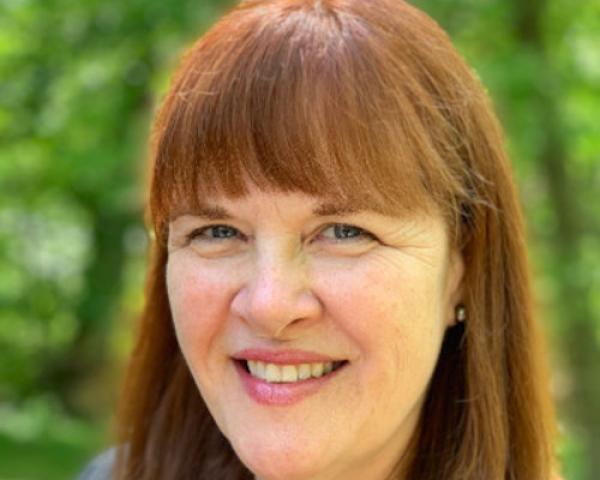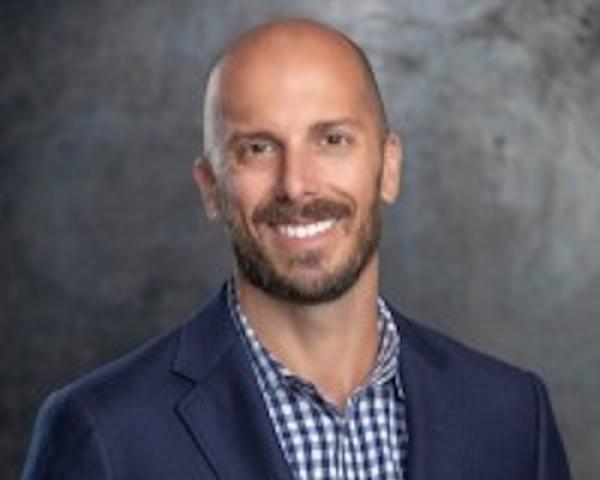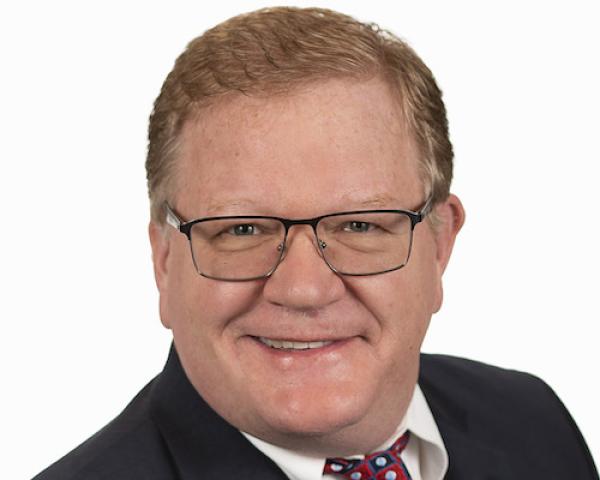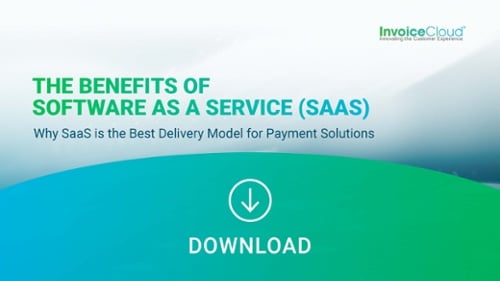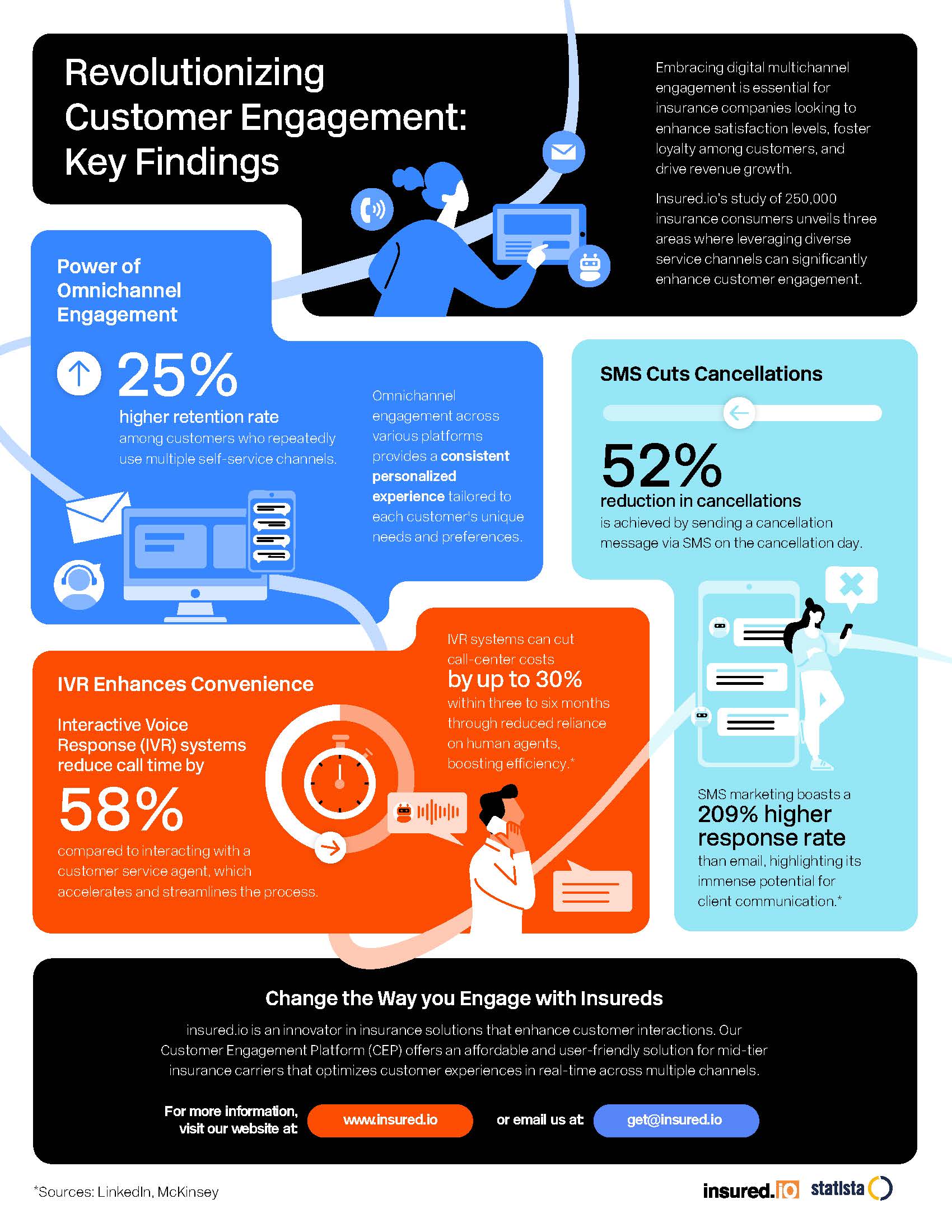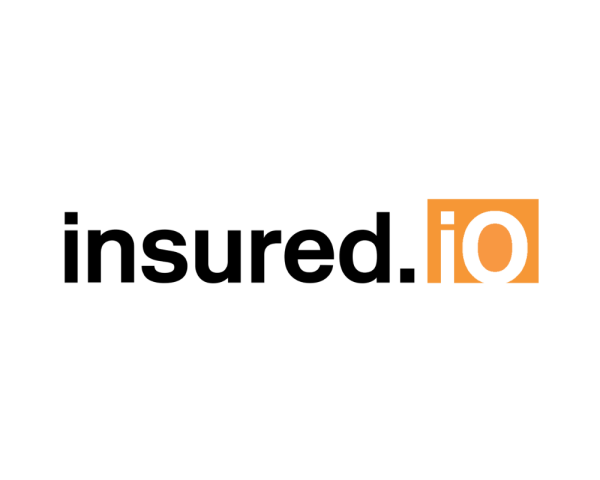Innovations in technology have increased the number of employees needed with job-specific skills. AI will continue to help employers have the workforce they need. In some cases, innovations in AI will take over jobs that employees are currently being paid for. However, AI cannot replace connecting skills like resilience, creativity and communication that every organization needs to stay competitive.
There is a growing awareness of the benefits of skills-based hiring to enhance the benefits that AI is bringing to the workforce. A skilled-based approach can open opportunities for potential hires that may not have traditional degrees but have the necessary skills and experience your organization needs. The approach means more of a focus on skills and then pays employees according to those skills rather than based on a job description, degrees or certifications. A degree does not guarantee expertise or experience.
When posting for a new position, it’s important to review whether a four-year degree is really required. By that standard, Steve Jobs and Bill Gates would never have been considered for a position. If a potential hire has the experience and skills, why would an organization pick someone who has the degree but not the right experience, over someone who has deep knowledge and experience but not a four-year degree? Leaders also need to consider why they would pay a higher salary to someone with a degree versus someone with the skills the company needs. Skills-based hiring and skills-based salary levels can mean better results and access to a wider pool of talent.
Skills-based hiring also includes more of a focus on what have been labeled soft skills. It includes thinking about the attributes needed in a particular role or within a particular team.
When hiring, we all have our own biases. It is human nature to hire someone who may have a similar background and be someone we would choose to spend time with. Often, this happens unconsciously. But it can get in the way of skills-based hiring. One approach to addressing this bias is by having very focused questions during the hiring process. An example would be, “Tell me about a time when you demonstrated resilience through a difficult work challenge.” This allows the potential hire to share specifics about both experience and soft skills.
Skills-based hiring can create a more inclusive workforce and economy because more people from diverse backgrounds have more opportunity to be valued. The hard reality is that higher education continues to be more and more expensive, which disproportionally affects people of color. That doesn’t mean they don’t have the same or more experience than their counterpart with the degree. If job posting make that four-year degree a requirement, your company may be losing out.
There is also an internal approach that organizations can take to fill positions. There may be current employees who don’t necessarily have a linear view of career development and may be open to trying out different roles at different times in their careers. This not only benefits your company, it also is a clear signal to your workforce that there are opportunities for a more flexible approach to their career development.
Where organizations can get stuck is in reviewing hundreds or thousands of roles, with lots of underlying jobs to be done, that are at different levels with lots of underlying skills. Trying to address all of these at once can be overwhelming. It can mean losing sight of the real solutions.
Organizations that are having more success are those looking at specific skills-based pathways they already have where they are seeing the best results and the most employees moving from one area to another. It could be from a nondigital area into a digital area; maybe it’s moving from sales into marketing. Focusing on where there is already success in your organization and building on that can help HR get better results instead of trying to be everything to every part of the company. Taking the time to evaluate whether the job postings and hiring process is truly skills-based can also help attract and retain the skilled workforce you need.
AI will be changing how work gets done and affect what jobs are being taken over by AI versus those that are human-centered. Having more of a focus on skills-based hiring can help your company be better prepared for the changes ahead.
See also: AI and the Future of Independent Agents
HR and Career-Long Learning
There is no doubt that the rapid change in every aspect of our lives is affecting how we work. The rate of change is increasing, and businesses must make sure their workforce has the skills they need. The stress of constant change can hurt productivity, as well as physical and mental health.
The traditional way of learning, more classroom-style, can still be very beneficial, but it is not the only way to make sure your employees can gain the skills your company may need. Classroom instruction is easy to measure, because you know if someone has completed a course and potentially taken an exam. However, there is great value in understanding how learning for the skills needed can be done through social activity, peer interactions, focused mentoring and collaborative projects.
Social activities can lead to conversations and learning in a way that connects people through something they already have in common, or all want to learn. Some examples are organizing “give back” days, where people from different parts of an organization get together to support a cause they all care about. It could be a volunteer day at a local food bank, animal shelter or an organization like Habitat for Humanity. It may be through participating in a class on a topic not specifically job-related but designed to build relationships between diverse team members, like a cooking class or public speaking training.
Another approach to social learning is through affinity groups in your organization that can bring together diverse employees. These could be a group that focuses on new parents or caregivers to adults. It could be through a hiking or walking group. It could be a group focused on supporting local restaurants where employees organize and go to the restaurant once a month. Ideally getting leadership involved in any of these groups can help them be more successful. They can also be responsible for making sure that these groups are more diverse and give leaders an opportunity to understand employees on a deeper level. That can help leaders be more aware of potentially unrecognized skills in employees that they don’t interact with daily.
Peer interactions during work are also a great opportunity for learning. Peer-to-peer learning is when there is a mutual learning and training focus that includes participants at the same level who are learning collaboratively. It is a great way to assess communication styles and skills. For example, not everyone is a good teacher. That doesn’t mean they don’t have value to your organization but means not making them a ”teacher” when this is not in their skill set. Group study sessions are another example of peer-to-peer learning.
Some of the benefits of peer-to-peer training are more trust in the learning process and creating better connections and interactions among peers. There is no one leader or teacher, but everyone is seen as having something to contribute. It helps create more critical thinking, better creative problem-solving, integrated teamwork and the recognition of who has what skills and experience that can be complementary to their own.
See also: How and Why to Tap Into Global Talent
Mentoring is something that gets talked about a lot, but to make any mentoring program more successful, there need to be clear guidelines and a focus on what the mentoring is supposed to accomplish. This is a more solutions-focused approach. The goals are often about recognizing and building on specific strengths versus just a general focus on a career path. It can have a mentoring focus that is about targeting skill sets needed at the company, in a particular team or location.
Another approach is collaborative projects within your organization and looking at who is getting chosen for these projects. It’s easy to pick people to be involved who you know and have worked with before or have specific expertise you know about. All of that is needed so projects meet their goals, but it can leave out employees who are not as visible or not like the person leading the project. It may leave out employees with the potential to gain knowledge that can help with the next key project. Looking for ways to include employees who have been overlooked can be of great benefit to your company for both current projects and building needed skills for the future.
No matter your company’s approach, we all know that change will only continue to challenge our working environments. Having several ways to make learning easier, create inclusion and have more impact means looking at more than one approach to lifelong career learning for employees at every level.



